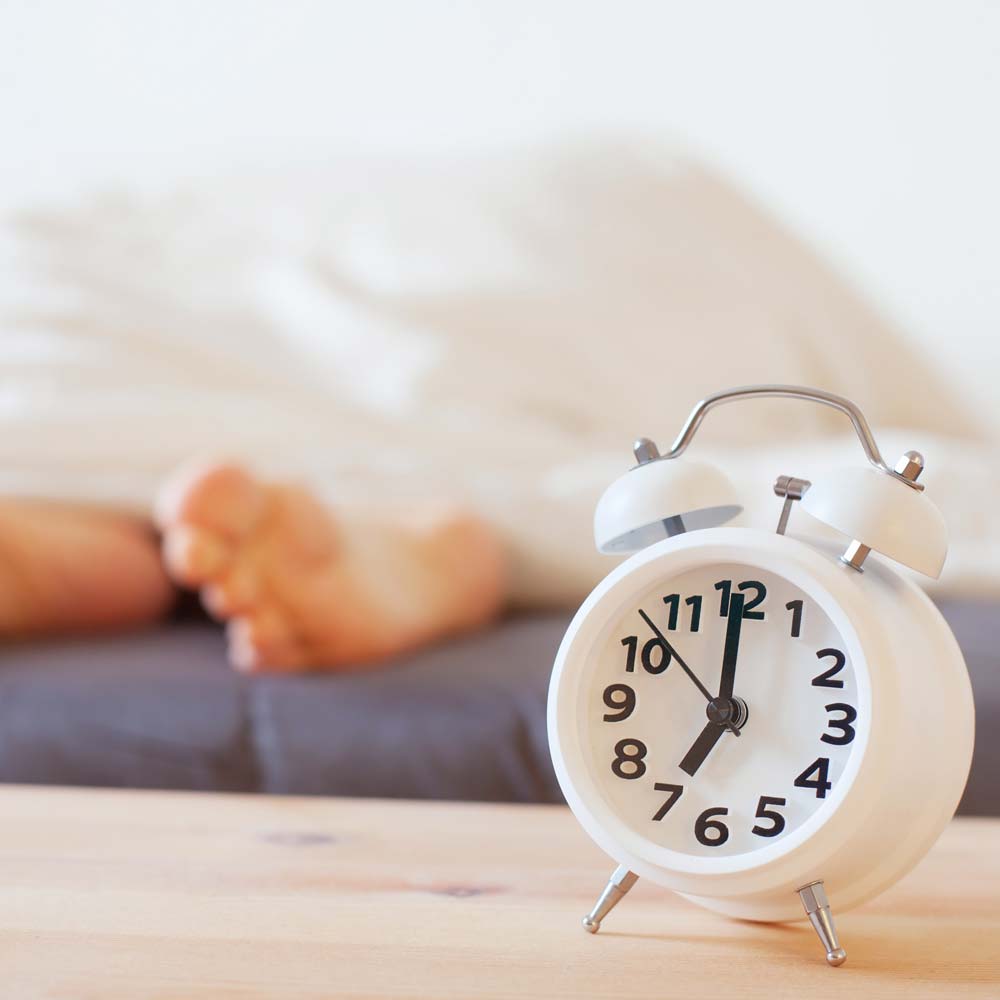Sleep
Medical Studies on Melatonin – Sleep

Modern science recognises more than 100 diseases related to sleep, because sleep disorders that are left undiagnosed or untreated can result in drastic consequences for health. Experts estimate that roughly one in ten suffers from some kind of sleep disorder. This proportion is even higher among older people, with around 60 to 70 per cent of people over the age of 65 suffering from sleep disorders to differing extents. A sleep disorder is defined as such if a person sleeps for less than six hours a night in three out of seven nights over a period of six months.
Sleep deprivation and its health consequences
Studies have been finding for years that people who sleep too little or have to sleep at the wrong times, for example, suffer from flu-like infections four times as often, as their immune system is weakened as a result of the sleep deprivation. People who have been working shifts for more than 10 years are at particular risk; the WHO (World Health Organisation) has classified night shift work as carcinogenic. The risk of breast cancer can increase by up to 65 per cent, while the risk of intestinal and prostate cancer also rises drastically.
Other effects
The likelihood of digestive system disorders, heart attack, stroke, diabetes, vascular diseases, and also cancer, dementia and obesity is also increased many times over. A lack of sleep can also result in impaired memory, lack of drive and mood swings. In the worst cases, this may result in hallucinations or depression.
Melatonin as a key hormone
The benefits of melatonin in regulating and optimising the sleep/wake cycle have long been proven. Especially as a chronotherapeutic drug, its value has been very successfully proven, providing support in mitigating the risk of one of the aforementioned diseases. And it has also been demonstrated that melatonin is highly tolerable over a longer period time, even at higher dosages. There is also no risk of addiction and/or dependency.
Medical Studies on Melatonin – Sleep
1992-11-13
To examine the effect of night shift on the ovarian function, 122 teachers, 67 office workers, 377 nurses, 133 factory workers and 67 barmaids were surveyed.